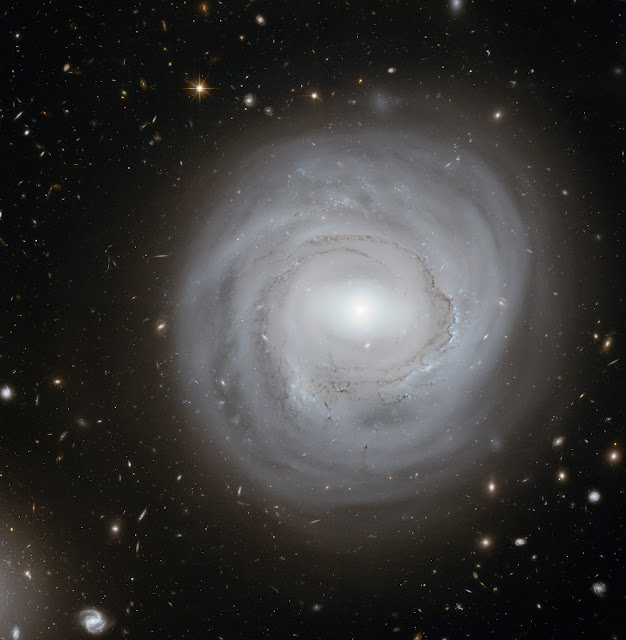Space Oddities: The Galactic Triplet Arp 248 | Hubble
This observation comes from a project which delves into two rogues’ galleries of weird and wonderful galaxies: A Catalogue Of Southern Peculiar Galaxies And Associations, compiled by astronomers Halton Arp and Barry Madore, and the Atlas of Peculiar Galaxies, compiled by Halton Arp. Each collection contains a menagerie of spectacularly peculiar galaxies, including interacting galaxies such as Arp 248, as well as one- or three-armed spiral galaxies, galaxies with shell-like structures, and a variety of other space oddities.
Hubble used its Advanced Camera for Surveys to scour this menagerie of eccentric galaxies in search of promising candidates for future observations with the NASA/European Space Agency/Canadian Space Agency James Webb Space Telescope, the Atacama Large Millimeter/submillimeter Array, and Hubble itself. With such a wealth of astronomical objects to study in the night sky, projects such as this, which guide future observations, are a valuable investment of observing time. As well as the scientific merits of observing these weird and wonderful galaxies, they were also—very unusually—selected as Hubble targets because of their visual appeal to the general public!
Credit: European Space Agency (ESA)/Hubble & NASA, Dark Energy Survey/DOE/FNAL/DECam/CTIO/NOIRLab/NSF/AURA, J. Dalcanton
Release Date: October 31, 2022
#NASA #Space #Astronomy #Science #Hubble #Galaxy #Galaxies #Arp248 #WildsTriplet #Virgo #Constellation #Cosmos #Universe #Telescope #ESA #Goddard #GSFC #STScI #UnitedStates #STEM #Education










